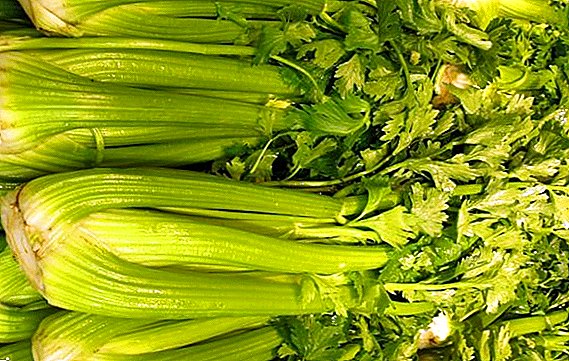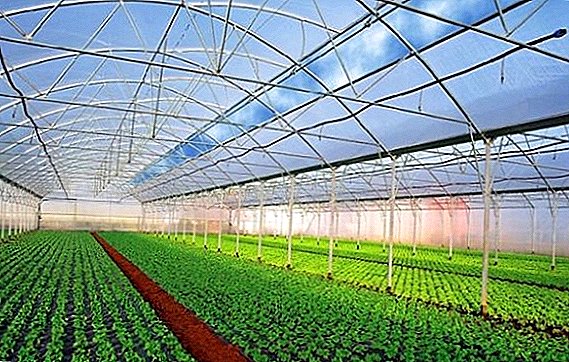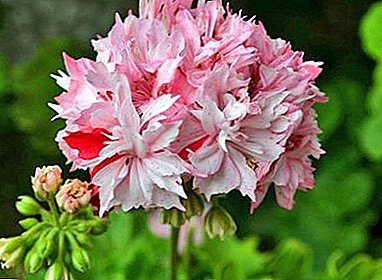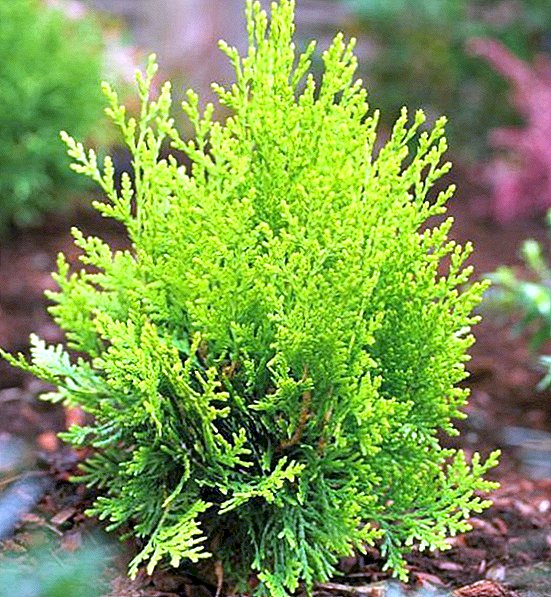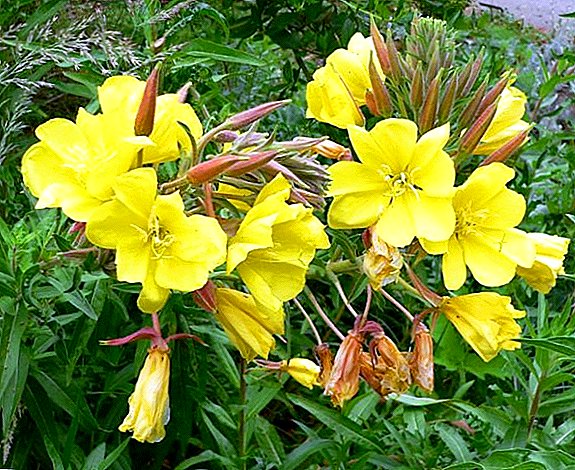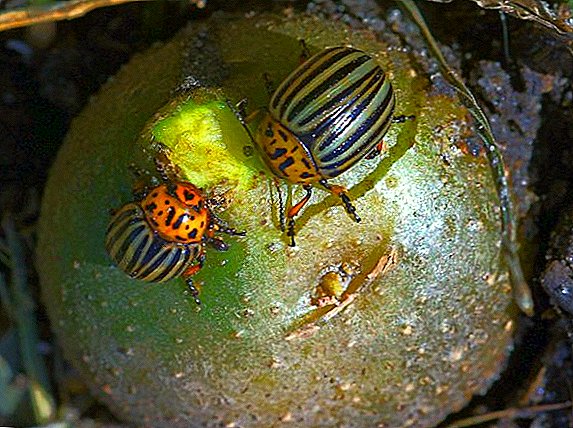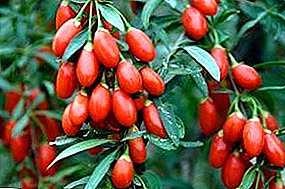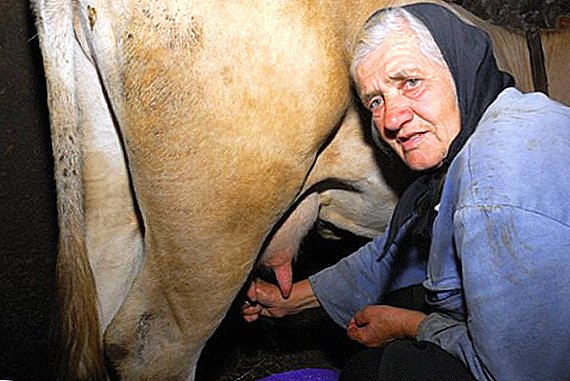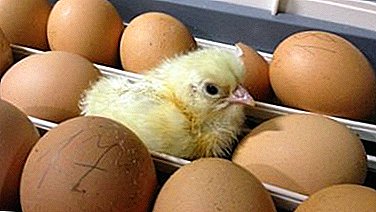
Balsamic (Balsamináceae) - a family of herbaceous plants and semi-shrubs native to the tropics.
In the conditions of an apartment, representatives of Impatiens (Latin “touch-me-not”) are grown, which is one of two genera included in the family.
These capricious beauties continually upset flower growers with yellowing foliage. In the case of the detection of “Vanka wet” pests, it is necessary to accurately identify them and select the appropriate insecticidal agent. Why is this happening and how to deal with an unpleasant phenomenon?
Features foliage indoor plants Vanka wet
Open balsam leaves have a fleshy consistency due to the water stored in them. With a sharp increase in atmospheric humidity, the plant produces droplets similar to sugary syrup, which are located on the veins of foliage. This process is called guttation and occurs due to the work of special stomata existing in the sheet structure and called hydatods.
Problems
In some cases, the process of yellowing the foliage in “Vanka wet” may be associated with the natural renewal of the vegetative part of the plant. In this case, the phenomenon is focal in nature and quickly stops by itself. If the balsam began to turn yellow rapidly and abundantly, you should look for the source of the problem.
- Why the room balsam does not bloom and what to do? Tips for care and growing.
- Why do buds and flowers fall off the balsam and how to stop it? Prevention measures.
What are the causes of yellowing, why fall, wither?
The reason for the yellowing of the leaves “Vanya wet” can be:
 Low humidity. Especially - in the midst of the heating season or in the summer heat.
Low humidity. Especially - in the midst of the heating season or in the summer heat.- Wrong watering. Balsam will not tolerate both the drying of the soil and stagnant moisture in the pot.
- Lack of timely transplantation and fertilizer.
- Sunburn With prolonged exposure to balsam leaves in direct sunlight, they begin to dry out, turn yellow and fall off (why balsam leaves fall and get sick and how to save a flower, read here).
- The appearance of pests. If all conditions of detention are observed correctly, and the foliage still turns yellow, you should carefully check the plant for the presence of pests (spider mites, aphids, thrips, whitefly).
- Diseases of balsam (gray rot or powdery mildew).
Attention! Balsam should not be transplanted into an overly spacious pot, as the roots of the plant will not be able to completely absorb the moisture supplied with irrigation and rot.
What to do and how to restore the flora?
Help yellowing balsam is based on the identified causes.
Low air humidity
If the plant suffers from dry air, it must be moved away from the heaters. and set up regular spraying with clean distilled water.
Watering problems
If the earthen clod with the roots was too dry, it is necessary to put the plant pot in a container with warm well-settled water and leave it there for 30-40 minutes. Poured in this way, “Vanka wet” can be placed under the bag for 12 hours for more efficient recovery.
If the plant has been transferred, remove it from the pot. together with the earthy clod and carefully examine the roots for the presence of rot.
- If root decay is detected, it should be carefully cleaned of the soil and all affected areas should be removed with sharp scissors or a knife.
- After the procedure, the balsam should be transplanted into fresh soil, pre-washed and scalded with an old pot with boiling water or replaced with a new one.
For better survival of the root system, it is recommended to treat it with a specialized composition to stimulate growth (for example, “Root").
Transplanting and feeding
 If the reason for the yellowing of the foliage is “poor” soil, it is recommended to feed the balsam with specialized fertilizer. Suitable as a complex for flowering houseplants, and specially designed for balsamic compounds. Before fertilizing the soil, it must be well spilled with clean water. room temperature to avoid possible burns of the roots.
If the reason for the yellowing of the foliage is “poor” soil, it is recommended to feed the balsam with specialized fertilizer. Suitable as a complex for flowering houseplants, and specially designed for balsamic compounds. Before fertilizing the soil, it must be well spilled with clean water. room temperature to avoid possible burns of the roots.
If the plant is closely in the old pot, it should be turned over to a larger container, exceeding the previous volume no more than 1.2 times.
Important: The pot chosen for transplantation should not be too high, since balsam roots grow more in breadth than in depth.
It is not recommended to completely remove the old soil: this can cause the root system of the plant to be severely stressed. It is necessary to slightly shake the flower to clear it from excess soil, and in the process of transplanting fill the pot with the necessary amount of fresh soil. The sandy sand-rich soil enriched with bio-humus will be optimal for transplanting, but universal soil diluted with vermiculite in a ratio of 1:10 will do as well.
Sunburn
It is no longer possible to cure the leaves that have been burned by the direct rays of the sun, so they should be removed, thus easing the nourishment of the surviving parts of the plant. In order to avoid the appearance of new burns, the balsam must be rearranged to the west or east window. If the movement of a plant is not possible, it should be shaded at midday.
Pests and diseases
If pests are detected in Vanka’s wet, it is necessary to accurately identify them and select the appropriate insecticide (you can find out what diseases and pests threaten balsam and how to deal with them). Folk methods (solution of household soap, garlic, tincture of tobacco, etc.) can save the balsam only in the early stages of infection. In cases where a pest colony was not seen on time and had time to grow, it is necessary to use potent drugs with a focused action.
In addition to pests, the balsamic can be affected by such diseases as powdery mildew and gray mold. In this case, it is necessary to reduce the volume of irrigation and spraying and immediately treat the plant with a specialized remedy for the existing disease.
After taking all the main measures, spraying of the “Epin” or “Cycron” solution will help to reduce the stress experienced by the plant.
Prevention
 The best measure to prevent yellowing of leaves in a balsam will be the deliberate observance of the basic rules of content:
The best measure to prevent yellowing of leaves in a balsam will be the deliberate observance of the basic rules of content:
- In a room where a balsam stands, it is necessary to maintain the humidity and temperature of the air that is optimal for its cultivation. Ideally, if you can ensure the plant seasonality, achieving 25 ° C in summer and about 10 ° C in winter. During the rest period, spraying should be stopped to avoid the development of fungal diseases.
- It is necessary to feed the plant regularly during the active growing season.
- Transplantation should be carried out by transfer to a larger pot. This procedure is best done in the spring or early summer.
- The intensity and regularity of watering should be consistent with the principle of the “golden mean” and be calculated empirically.
- Balsam should be hidden from the midday rays of the sun, placing it on the western or eastern windows. Allowed to place the plant and on the southern window-sill, but on condition of its shading in the midday hours.
If nothing helped
If the plant has turned yellow and discards all or almost all the leaves and none of the measures proposed above has helped, you need:
- Remove from it all dead areas (including rotten or dried roots).
- Spray the ground part of the growth stimulator and place the pot in a greenhouse, ensuring regular ventilation.
If these actions do not give positive results, the plant can be safely thrown out. All flower growers learn from mistakes and, having understood the subtleties of growing Vanka Wet on this sad example, you will certainly cope with its newly acquired relative.


 Low humidity. Especially - in the midst of the heating season or in the summer heat.
Low humidity. Especially - in the midst of the heating season or in the summer heat.